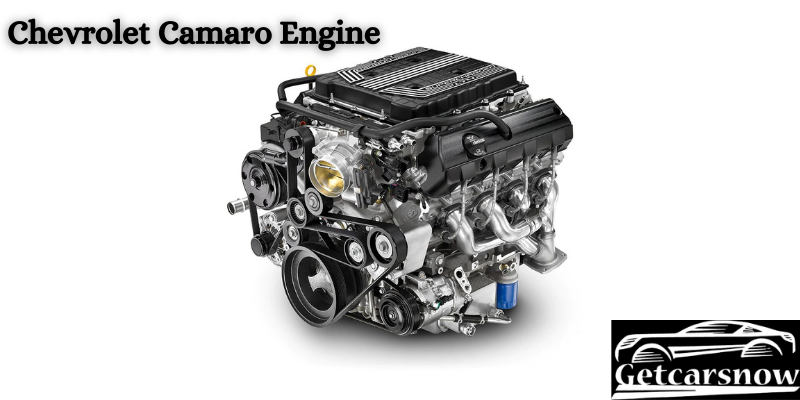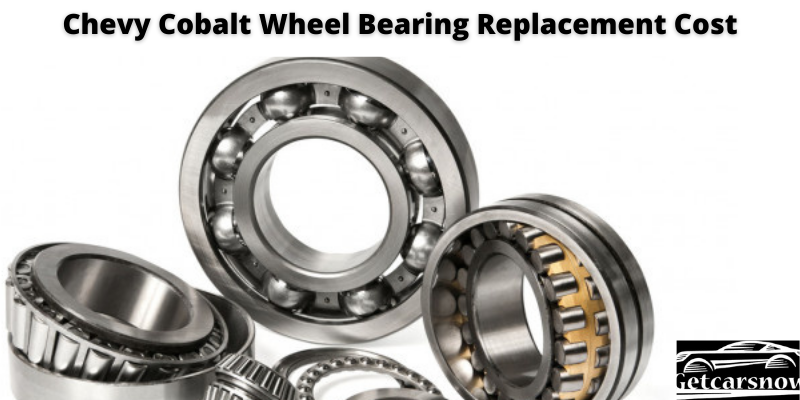
Chevrolet Camaro Engine
Popular as a pony car or a muscle car for some versions, Chevrolet Camaro is the beauty of Chevrolet Automobiles. If we talk about the engine of the Camaro, then there is nothing like hearing the exhaust note of this engine. Also, the Chevy Camaro is one of the longest-running cars in the Chevrolet Automobile industry. The first model of Camaro came on the market in 1967, and after that Chevrolet never stopped the production of this beautiful car. As of now, there are 6 long generations of this car. And these engines were the reason that why chevy engines are better in many ways. Let’s know more about each Chevrolet Camaro Engine according to their generations.
The First Generation of Chevrolet Camaro Engine
The First Generation Camaro was in production from the year 1967 to the year 1969. And the engines that were in the base models of these cars were 230 cubic inches or 3.8L inline-6 cylinders. The other engine options were 250 cu in or 4.1L six or 302 cu in or 4.9L, 307 cu. inches or 5.0L, 327 cu inc or 5.4L, 350 cu in or 5.7L, and 396 cu in or 6.6L V8 engines. The basic model has an engine with a displacement of 3,769 cc or 230 cu in. The bore and stroke of this engine were 3.875 in * 3.25 in or 98.4 mm * 82.6 mm.
Do you know that these engines are also used by GMC trucks? These engines produce a maximum power of 140 hp or 104 kW. Only the diesel engines are turbocharged. And these engines has water-cooling system. After some time, a four-cylinder of the same engine has also been produced in the industry.
The Second Generation
This generation made the car between 1970-1981. Also, the 11-long years had many engines, most of them were V8 engines and inline-6. The first model has the Chevrolet 90-degree V6 and it is the only single-engine that is a V6. The displacement of these engines was 200 cu in, 229 cu in, and 262 cu in. The cylinder bore has figures like 88.9mm, 94.9mm and 101.6mm and the stroke was 3.48 in or 88.4mm. The material in the block and head are cast iron only. And the valvetrain of these engines was OHV 2 valves x cylinder. This engine produces the maximum power of 94-280hp or 70-209kW and a maximum torque of 154-360 lb. ft or 209-488 N.m. The dry weight of these engines was 450 lbs. These engines use the gasoline fuel type system and have a water cooling system.
The Third Generation Of Chevrolet Camaro Engine
The production of these engines began in 1982 and ended in 1992. These camaros were the first who offered modern fuel injection. These cars had various engines under their hood, some of them were LQ8, LQ9, LC1V6, LB8V6. The L98 and LB9 were two V8 engines in this segment. The basic engine model of this car is 151 cu in (2.5L) LQ8 and LQ9 Inline-4 cylinder. These engines were also famous as the Iron Duke engine or Tech IV.
The displacement of this engine is 150.8 cu in and has a bore and stroke of 4 in and 3 in. Both the block and head have the iron material, and have the compression ratio of 8.25:1 and 9.0:1 (later increased in 1984-1993). The redline of this engine is 5,000 rpm which is quite amusing. The fuel of this engine is carburetor and throttle body fuel injection. The oil system is wet sump and has water cooling system. It produces the maximum power of 85-110 hp and a maximum torque of 123-135 lb ft.
Fourth Generation
The fourth generation of the Chevrolet Camaro Engine was launched in the year 1993 and continued to the year 2002, after which the fifth generation replaced these engines. Though this model was launched in 1993, it has the characteristics of the first-generation models. Engines like the L32 V6 and LT1 V8 were used in these models. The basic model of these engines has a displacement of 207 cu in and produces the maximum power of 160 hp at 4,600 rpm. This engine produces the maximum torque of 200 lb-ft or 271 Nm at 3,600 rpm. The bore and stroke of this engine are 92mm and 84mm. The transmission types of these engines consist of 4-speed automatic, 5-speed, and 6-speed manual. The fourth-generation engine was under the hood of cars like the Chevrolet Camaro (1993-1995) and the Chevrolet Camaro California Models (1993-1994).
Fifth Generation Chevrolet Camaro Engines
In the year 2010, these engines came into the market with a bang. A completely new design for the engine and car as well, for which the Camaro has even received the award of the World Car of The Year, in 2010. The engines used in these models of Camaro totally banged the market. The company used the LTT V6, LFX V6, LSX V8 Supercharger V8, the maximum of which has a 6-speed automatic transmission. Moreover, the LTT V6 has the maximum power output of 304 hp at 6,400 rpm and a maximum torque of 273 lb.ft. at 5,200 rpm. Also, the displacement of this engine was 3,564 cc, and has a bore and stroke of 94mm and 86mm. Furthermore, the major change in this engine was the direct high-pressure fuel injection system. The engine has a compression ratio of 11.2:1 and has the max engine speed of 7,000 rpm.
Sixth Generation Engines
The last generation started producing car models and engines in the year 2016 and they’re still in production. The engines for these car models were turbocharger LTG EcotecI4, LGXV6, LT1V8, and LT4 Supercharged V8. These are the engines in which the Camaro understood that the market wants more of them. Therefore, they decided to provide the customers with whatever transmission they desire whether it’s manual transmission or automatic transmission. As a result, these engines became iconic among all the previous generations.
Chevrolet Camaro is one of those car models which fulfills all the aspects of a muscle car with style. The engines that have been in all the models from generation till now have something special, and they are different from each other.
Thank you for reading.



